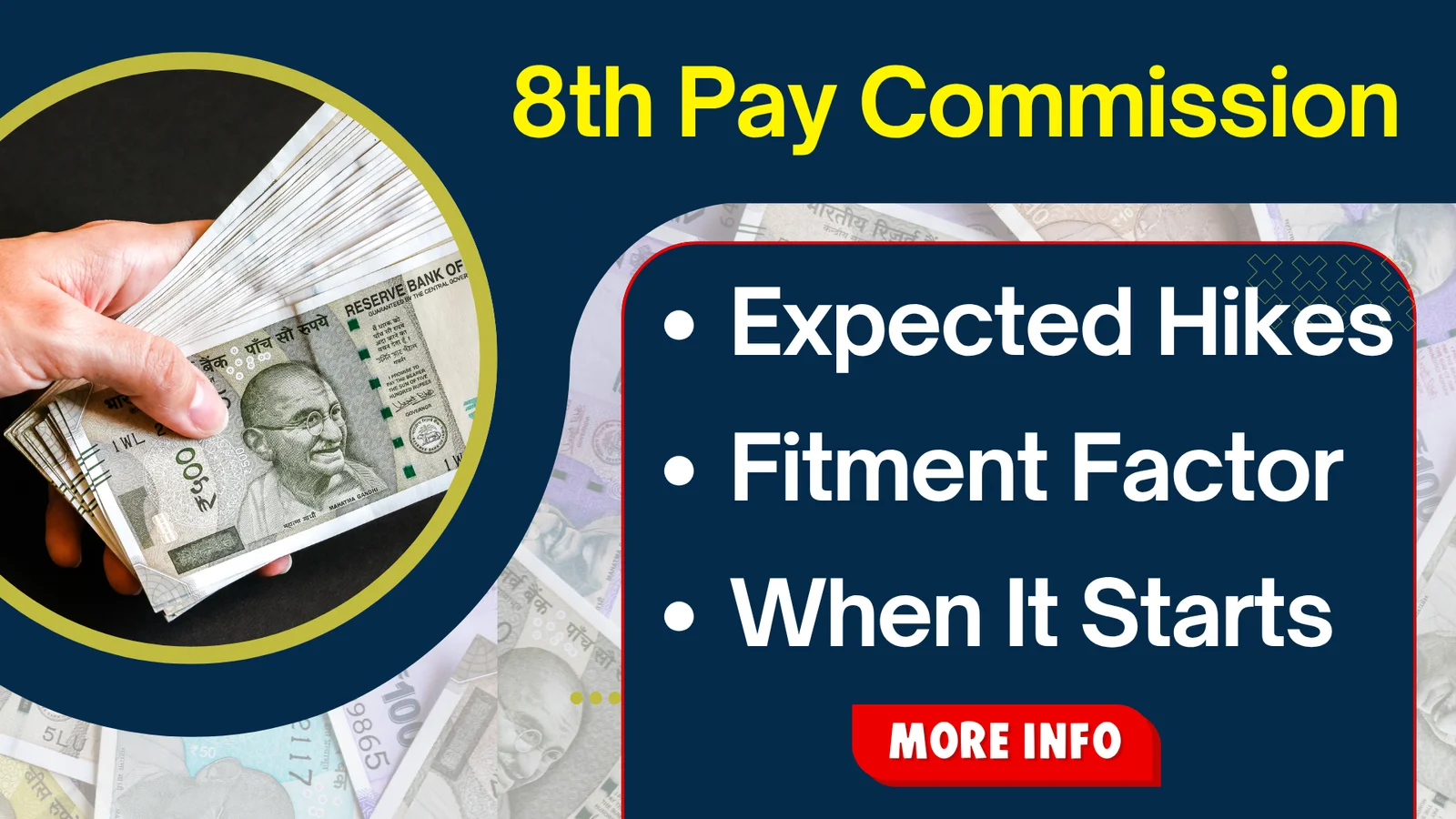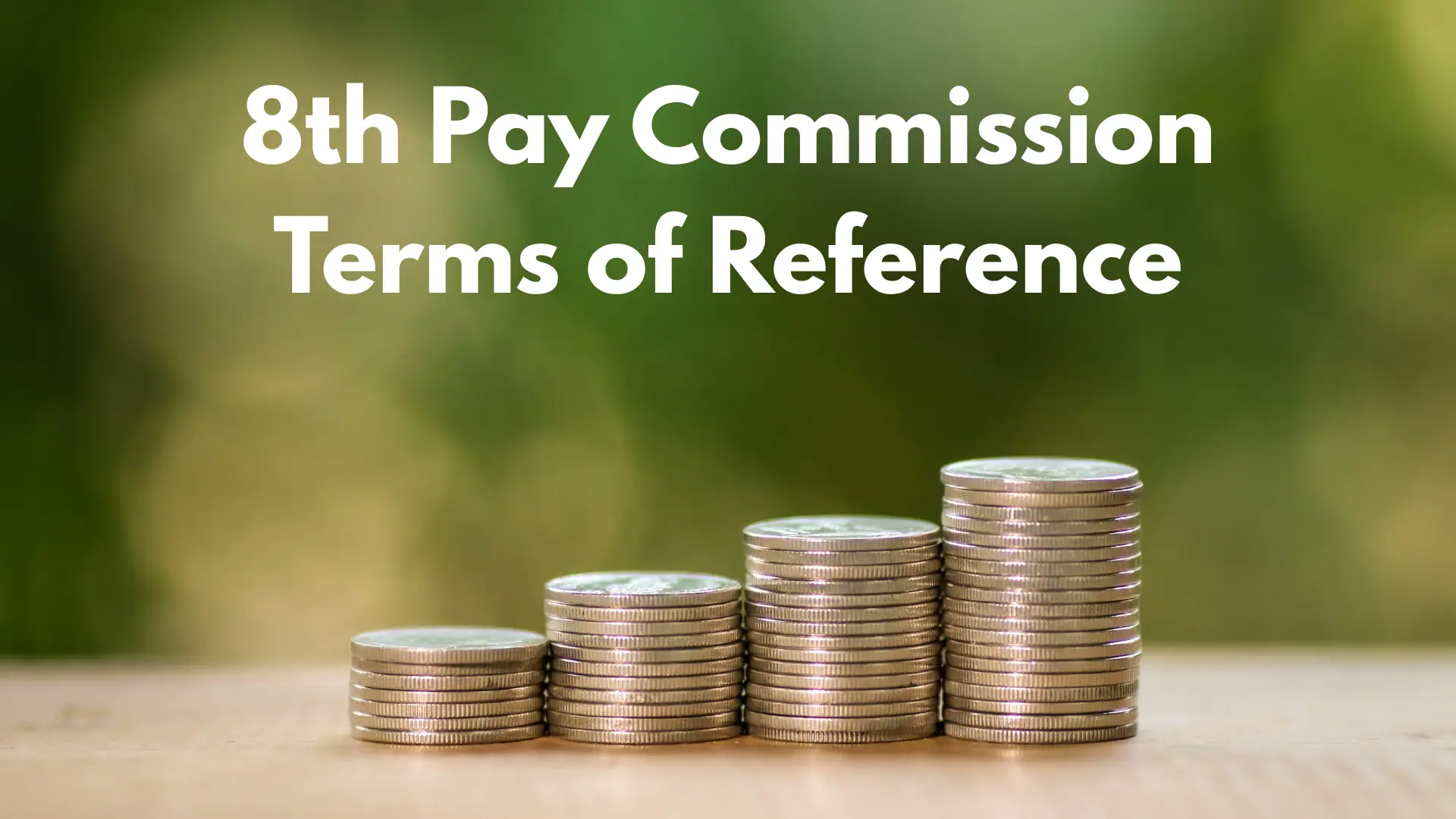The Union Cabinet has approved the framework and functions of the 8th Pay Commission. Here are 10 key details regarding this major development.
The central government has made a historic announcement for millions of government employees and pensioners by approving the 8th Pay Commission. The Cabinet, chaired by Prime Minister Narendra Modi, has sanctioned the terms and conditions for this commission, which will benefit central employees, defence personnel, and pensioners. The commission is expected to present its recommendations within the next 18 months. With the Cabinet’s approval, an increase in the salary and pension of central employees and pensioners is now certain. The government has outlined the jurisdiction and functions of the commission, paving the way for this significant reform process.
Also Read: Cabinet approves ToR of 8th Central Pay Commission: Recommendations within 18 months
The Cabinet approval for the 8th Pay Commission means a confirmed salary increase for central government employees and pensioners. The Union Cabinet has already laid out the framework and functions of the 8th Pay Commission. Here are 10 major points related to this:
Key Highlights of the 8th Pay Commission
1. Formation of the Commission The Commission will be chaired by former Supreme Court Justice Ranjana Prakash Desai. The other members include Professor Pulak Ghosh of IIM Bangalore and Pankaj Jain, Secretary of the Ministry of Petroleum and Natural Gas, forming a diverse and expert team.
2. Implementation Timeline Although the entire process of the commission is expected to be completed by 2027, employees are likely to start receiving the benefits from January 1, 2026. The amount of the salary increase will be credited to employees’ accounts as arrears.
3. Broad Impact This decision will directly benefit approximately 50 lakh central employees and 65 lakh pensioners. A significant increase in the basic pay is considered certain after the commission’s recommendations are implemented.
4. Basis for Salary Calculation The ‘Fitment Factor’ will play a crucial role in the pay structure. Historically, the minimum basic pay was ₹7,000 in the 6th Pay Commission, which increased to ₹18,000 in the 7th Pay Commission. The basic pay will see a further increase in the 8th Commission through the fitment factor.
5. Role of the Fitment Factor The fitment factor is a multiplier that is applied to the existing basic pay to determine the new pay. Although the final fitment factor is yet to be decided, various reports suggest a potential range of 1.92 to 2.86, with 1.96 being the most discussed figure. To determine the fitment factor, the commission considers the DA rate as of 01.01.2026, per-family expenditure under the accrued formula, and the pay scales of other institutions in the country.
6. Example of Salary Calculation Currently, the basic pay for Level-1 employees is ₹18,000. Assuming a fitment factor of 1.96, the new basic pay would be ₹18,000 x 1.96 = ₹35,280. Similarly, all employees from Level-1 to Level-18 will see a substantial increase in their salary. The minimum salary based on the estimated Dearness Allowance rate as of 01.01.2026 and other possible fitment factors can be calculated as shown in the provided image/table.
7. Effective Date According to Union Minister Ashwini Vaishnaw, the specific implementation date of the recommendations will be decided after the interim report is submitted, but it is likely to be effective from January 1, 2026.
8. Background The central government had given in-principle approval for the formation of the 8th Pay Commission back in January 2025, following which employee organizations have been constantly demanding its early constitution.
9. Scope of the Commission The commission will conduct a comprehensive review of the salary, allowances, and pension structure of central employees and recommend revisions to the pay structure, keeping inflation in mind.
10. Historical Context Previously, the recommendations of the 7th Pay Commission were implemented from January 2015, which significantly improved the financial interests of government employees in the last decade.








